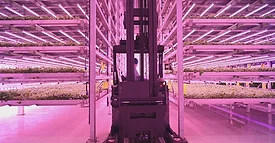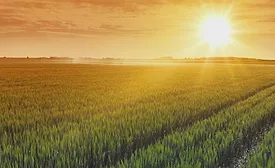Applying Foresight to Navigate Opportunities and Challenges amid an Evolving Food Safety Landscape
As agri-food systems transform in response to the changing global context, food safety management must keep pace to safeguard consumer health and ensure international trade
Read More


